By Laura N. Bell
On August 4th, a massive explosion rocked Beirut, Lebanon, killing well over a hundred people and injuring more than 5,000. While the latest reports indicate that a warehouse where long-stored explosives from a Russian vessel had been left for years were somehow ignited as the cause of the blast, we may never know the exact details of what was stored in the warehouse, where it came from, or who knew it was there. What we will know is the death and destruction wrought by the blast. No country could absorb such a disaster easily, but Lebanon is particularly vulnerable and will not be able to clean-up, repair, and rebuild without significant international assistance. The fate of the small Mediterranean state, once known as the “Paris of the Middle East”, is left in an extremely precarious position.
A bit of background is necessary to understand the current crisis. Lebanon is a diverse country with official recognition of at least 18 religious sects—the Sunni, the Shia, and the Maronite Christians being the largest of these sects. In fact, these three groups have wielded most of the power in the country since it became independent from France in 1943. A confessional system of governance was established at that time, requiring the president of the country to be a Christian, the prime minister a Sunni, and the head of parliament a Shiite. Despite the differences among these groups, it was common to see mosques standing next to churches and the Lebanese people living in general harmony or at least practicing tolerance. However, in 1975 a civil war broke out that would last nearly 15 years and effectively pit nearly every group in Lebanon against each other. Militias formed around the country and divisions were sown throughout society, in some cases even between members of the same religious sect. An estimated 17,000 Lebanese were forcibly disappeared and approximately 120,000 died during the civil war.
Following the civil war, sectarian divisions continued and there was much political instability. Numerous assassinations occurred, and neighboring Syria had a contingent of troops and security forces involved in Lebanon until 2005. United Nations Security Council Resolution 1559 passed in 2004, calling for the removal of all foreign forces from the country, but Syria did not heed that call until a massive demonstration forced them out. The demonstration resulted from the February 2005 assassination of former Prime Minister Rafik Hariri—an extremely popular leader credited with much of the rebuilding of Beirut after the war and for being directly involved with the Ta’if Agreement which ended the war. It was widely believed that Syria was behind the assassination and thousands took to the streets in anger. This protest movement, referred to as the Cedar Revolution, is a seminal moment in Lebanon’s recent history and ushered in an era of renewed sovereignty for the country.
However, societal divisions continued as did governmental corruption. A system of nepotism, referred to as wasta, has for decades been the employment practice throughout the country and has often led to government incompetence and an inability to provide basic services. One major consequence of the incompetence has been the growth of Hezbollah. Hezbollah, a Shia group labeled as terrorists by most Western states, emerged in the early 1980s in Lebanon originally as a revolutionary organization holding no respect for the existing political system. Much of the Shia population in southern Lebanon lived in poverty and over time, Hezbollah’s ability to provide basic services that the government either could not or did not indebted large portions of the Shiite population to the group. Eventually, it developed a political wing in addition to its military wing, and Hezbollah is now extremely influential in the country, participating in government, and influencing public policy. In the past, Hezbollah’s Secretary-General, Hassan Nasrallah, seemed to be a leader immune from public criticism, but this has now changed, with reports of some protestors hanging Nasrallah in effigy.
The Lebanese streets are familiar with protests—from protests against foreign influence to protests calling for investigation into the civil war disappeared. In 2015, the government’s inability to collect garbage, which had resulted in piles of garbage on Beirut’s streets, led to a protest campaign referred to as “You Stink”[1]. In 2017, then-Prime Minister Saad Hariri resigned his post in a strange speech from Saudi Arabia, which led to protests in the streets from all sects calling for his release and return (most believed Hariri was being held against his will in a power play by the Saudi Crown Prince Mohammad bin Salman). In late 2019, protestors took to the streets to protest a new tax proposal on internet-based phone services and, again, the protestors included all members of Lebanese sects. There is a large youth bulge in Lebanon with around 35 percent of the population under the age of 24. Economic turmoil has rocked the country in recent years resulting in a currency crisis, and, following the proposal of a new tax, protests began which called for the resignation of the existing government and asked for a new government of technocrats. Despite calls for his return only two years prior, Prime Minister Hariri was not spared from the wrath of the protestors. His attempts at forming a new government failed in October 2019, resulting in his resignation.
Thus, the protestors won the day with the resignation of Prime Minister Saad Hariri and others. Historically, the political leaders in Lebanon have comprised and struck bargains across the sectarian divide to form governments. A political class in Lebanon has existed for decades and typically “new” governments have simply been re-configured versions of the old. This most recent spate of protests, which I argue has its character rooted in the 2015 garbage crisis, takes on a different flavor. The protests of old were very often driven by sectarianism, but these newer protests appear to be driven by a unified public. This became evident in the 2017 protests with protestors across all sects calling for Hariri’s return and then again in the anti-government protests of 2019. Protests continued into 2020 but seemed to ebb when faced with the pandemic and the formation of the new government of technocrats (President Michel Aoun remained in office, however).
The deadly explosion in the port of Beirut has furthered the change. By Saturday, August 8th anti-government protestors took to the streets in Lebanon calling for accountability for the blast. These protests, similar to the late 2019 protests, do not appear to be sectarian in nature and instead, target all leaders—including Hezbollah’s Nasrallah. While there will certainly be those who continue to support the current political class and political leaders, this is different. On the heels of a global pandemic and a massive economic crisis in which many Lebanese struggle to have enough food, the port blast may very well be the proverbial last straw for the public. It is impossible to predict where these events will lead—any number of outcomes are possible. Some Lebanese may feel the only option for their family is to leave their country and begin anew elsewhere, but most likely will not have that option. What seems most likely now is, unfortunately, another war. People are in the streets calling for a real change, not simply a re-configuration of the existing ruling class. In response, on August 10th, the government, including Prime Minister Hassan Diab, resigned and will continue only as a caretaker government until a new one is formed. Will the anger and rage last and be enough to sustain these calls over a meaningful period of time, resulting in real grass-roots political change? It is too soon to know, but the situation is extremely volatile and this time, it is different. For now, at least, it appears the public is unified and, rather than being Christian, Sunni, or Shia, the protest this time feels very Lebanese.
Laura N. Bell is assistant professor of Political Science at West Texas A&M University. Her research focuses on political violence, terrorism, and transitional justice. She is currently working on a monograph examining the use of assassination as a tool of terrorism, and is part of a project team analyzing transitional justice mechanisms in Lebanon.
Image: PA magazine illustration; based on a photo of damage after 2020 Beirut explosions (via wikipedia); photo courtesy of Mehr News Agency, photographer: Mahdi Shojaeian عکاس: مهدی شجاعیان (CC BY 4.0)
[1] https://www.bbc.com/news/blogs-trending-33656778
POLITICAL ANIMAL IS AN OPEN FORUM FOR SMART AND ACCESSIBLE DISCUSSIONS OF ALL THINGS POLITICAL. WHEREVER YOUR BELIEFS LIE ON THE POLITICAL SPECTRUM, THERE IS A PLACE FOR YOU HERE. OUR COMMITMENT IS TO QUALITY, NOT PARTY, AND WE INVITE ALL POLITICAL ANIMALS TO SEIZE THEIR VOICE WITH US.
THINK. DISCUSS. DEFEND. FREELY

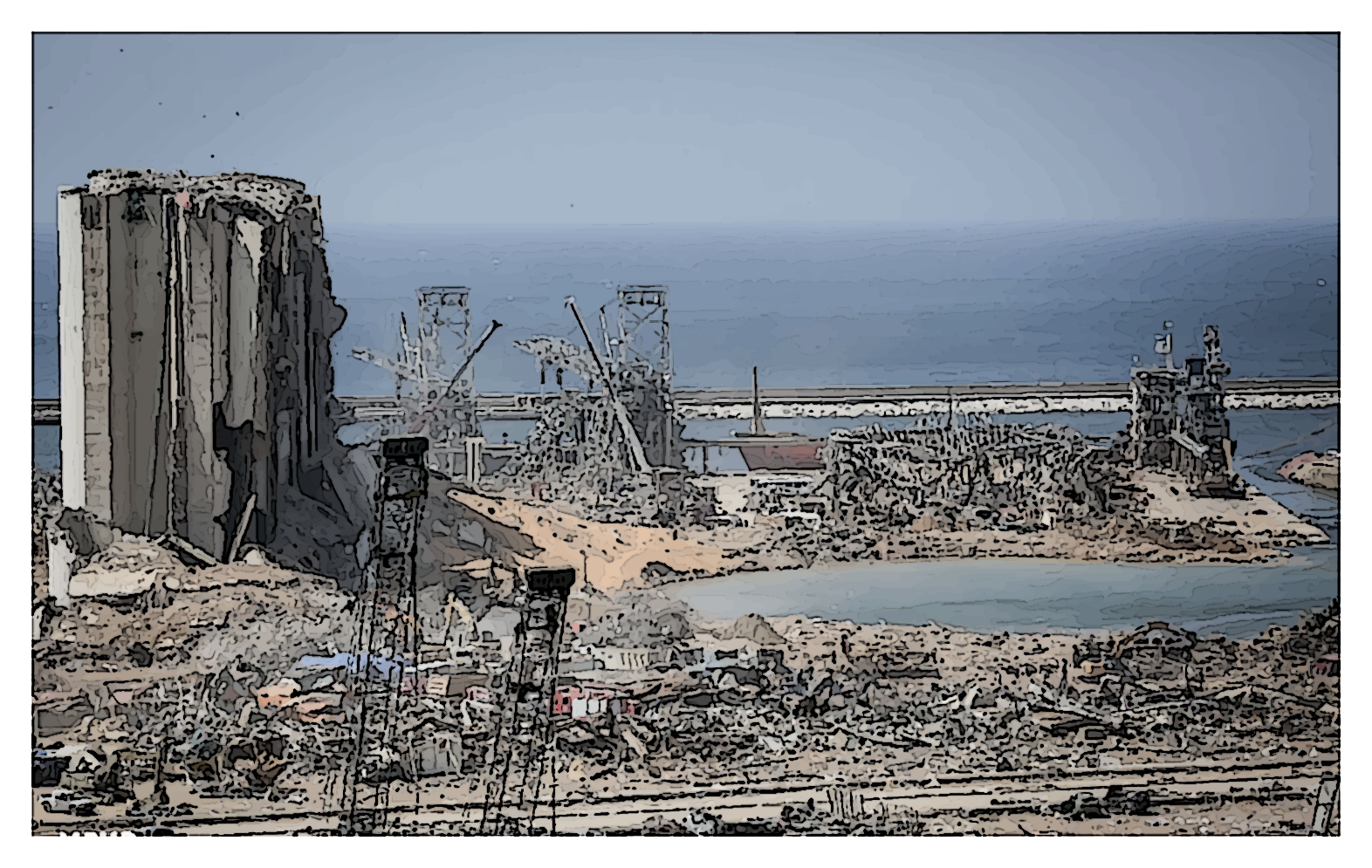
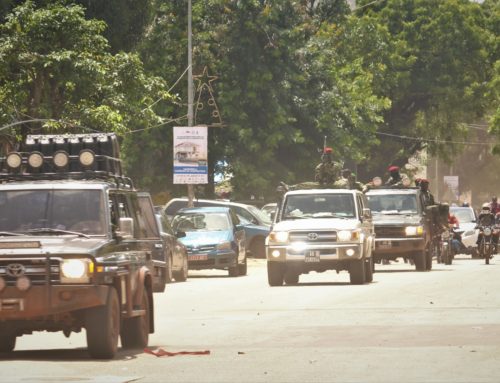
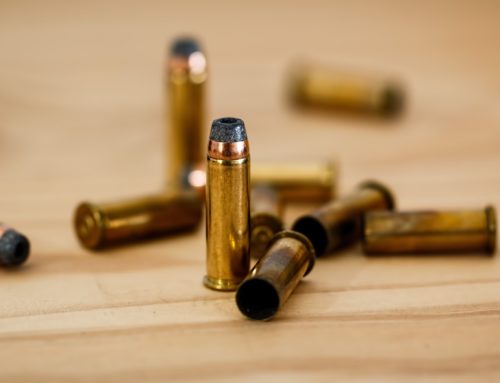

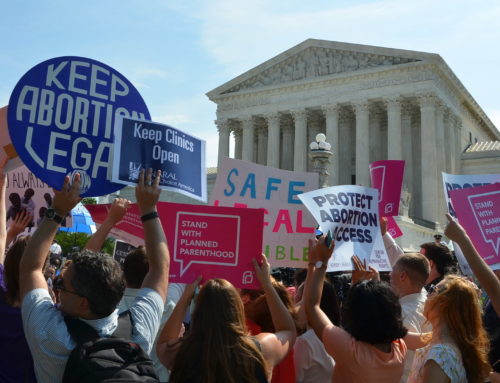


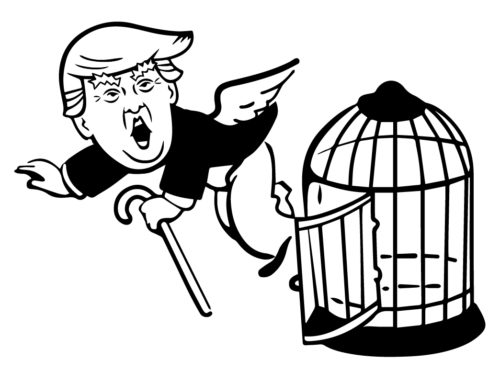
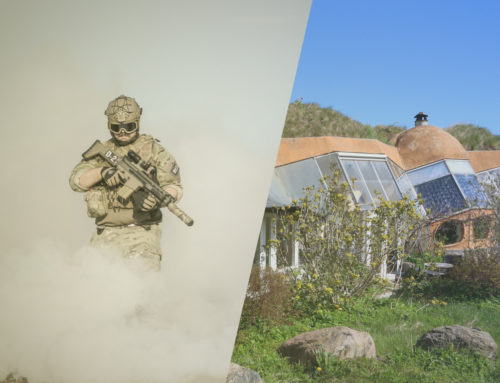
Leave A Comment